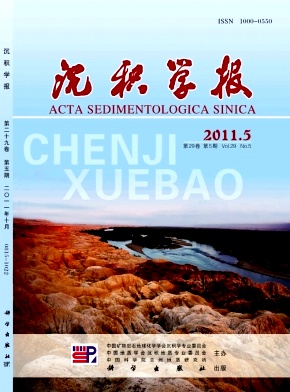流体包裹体微量元素在油气勘探中的应用——以塔里木盆地塔中地区为例
- Received Date: 1900-01-01
- Rev Recd Date: 1900-01-01
- Publish Date: 2011-10-10
-
Key words:
- oilbearing fluid inclusion
Abstract: Trace elements of oilbearing fluid inclusion in sixteen Silurian oilcontaining sandstones from ten wells in Tazhong area were performed by inductively coupled plasma mass spectroscopy(ICPMS), the distribution characteristics were analyzed, and their demonstrative geological significance were furthermore discussed. The results show that for the same sample, each trace element abundance is small to one order of magnitude, and large to hundreds orders of magnitude, but for the different samples, the difference times of the same element abundance is ordinarily lower than one order of magnitude, some element(Ni and Ti)may reach up to one order of magnitude or more. In the same well field, the abundance distribution of part trace elements of samples from different wells present preferable regularity, such as Ni, Fe, Al, Cu, Ti, Mg, Cr and so on, and the distribution rules of Ni, Cu and Ti show a certain similarity, whereas the distribution of Cr, Al, Mn and Mg are similar to each other. As a whole, the distribution rule of main trace elements is that the abundance is increasing from downstructure location to structural high. Of all the samples, the ratios of V/Ni is generally low, range from 0.044 to 0.683, most of samples are less than 0.5, lower V/Ni ratio and high Fe content represent a strong reductive depositional environment. Variation characteristics of the single trace elements, such as Ni, Cu, Αl and Ti, obviously disappear a noticeable rule and indicated that oil migrated from Well Tazhong 69 and Well Tazhong 15 to Well Tazhong 16 and Well Tazhong 161, namely Silurian hydrocarbons in Tazhong area migrated towards structural high or stratigraphic pinch out direction, from northwest to southeast on the plane, which also reflected by the trace element suite. Therefore, trace elements of oilbearing fluid inclusion can provide effective evidence for studying oil and gas migratory direction.






 DownLoad:
DownLoad: